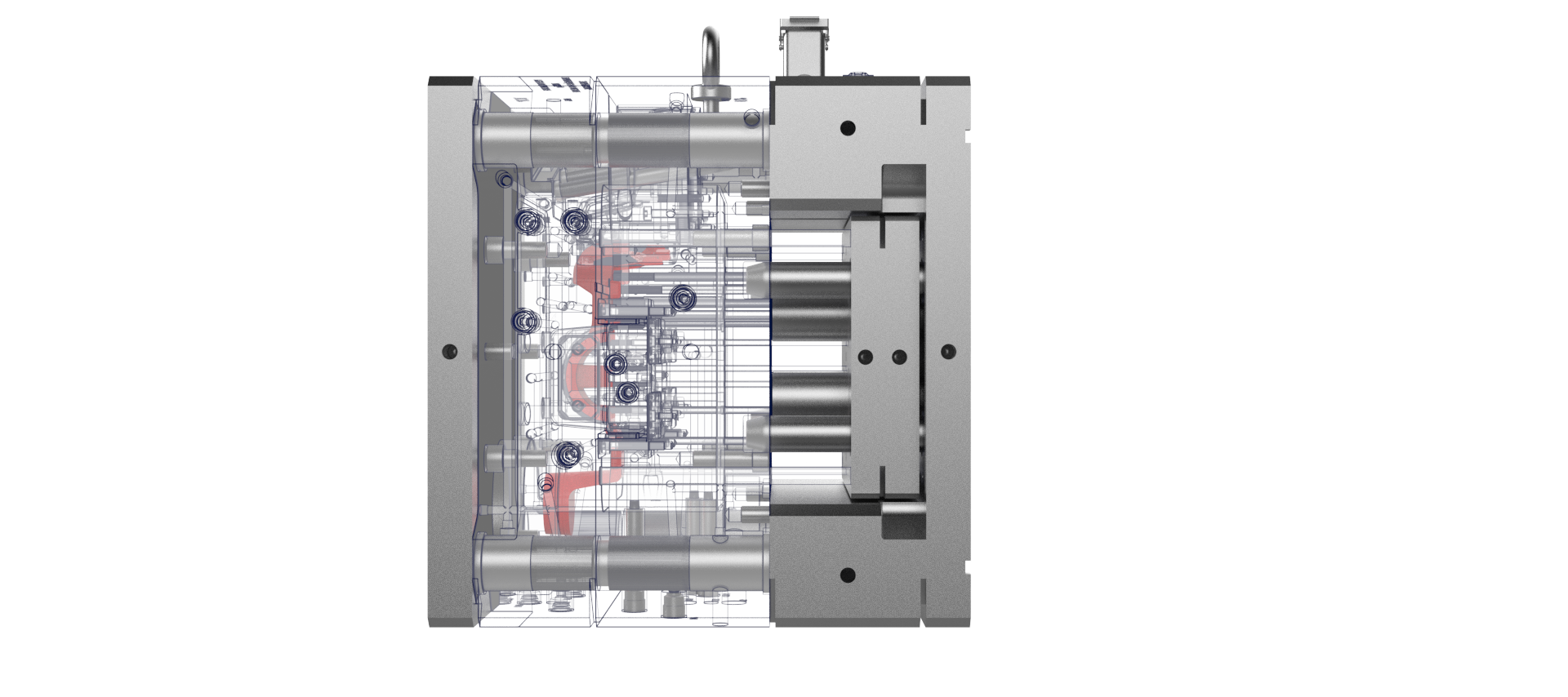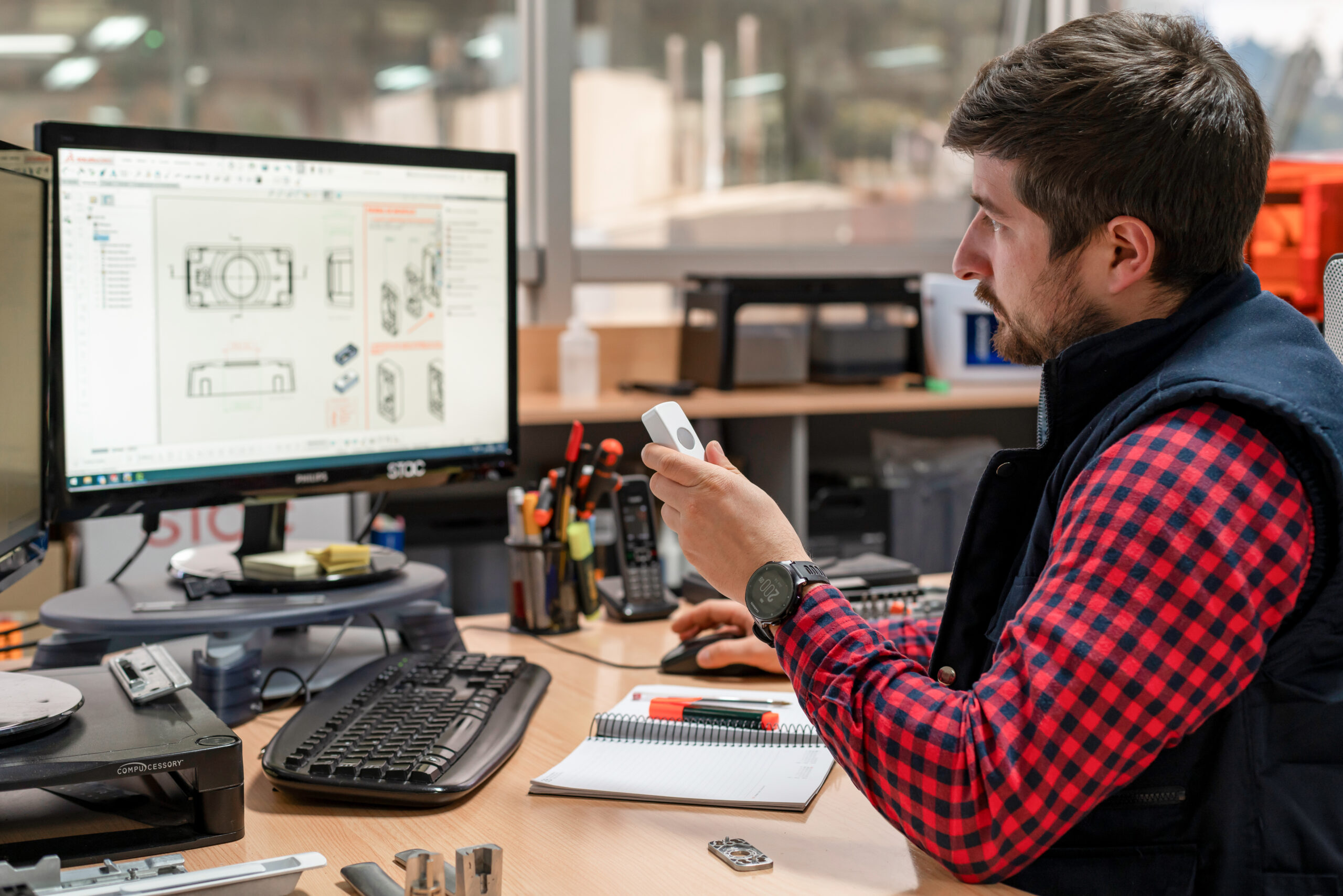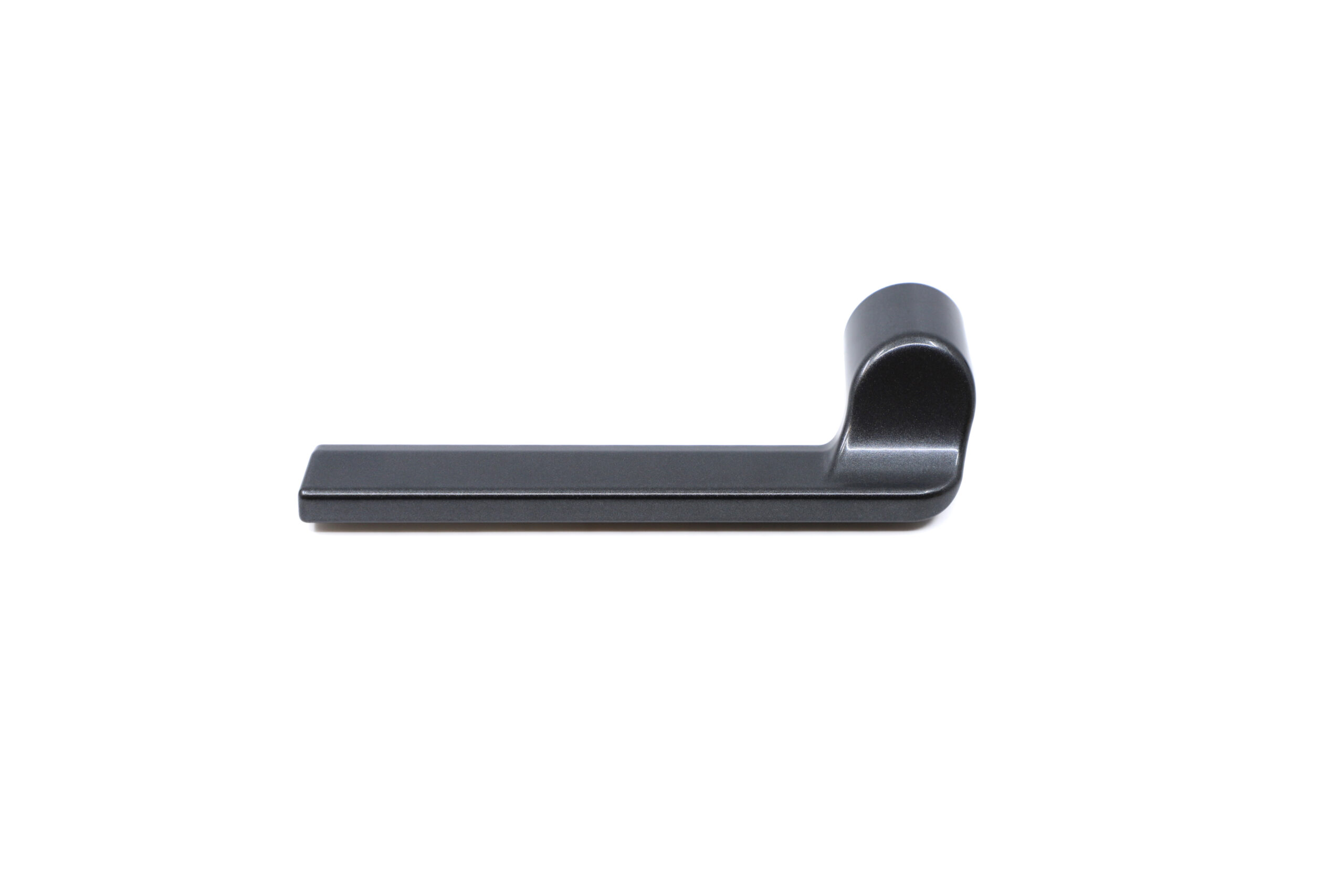The importance of industrial design in product conception
Industrial design is a key process in the creation and development of products, ranging from conceptualisation to mass production and distribution. Its main objective is to balance functionality, aesthetics and technical feasibility, ensuring that products are efficient, attractive and adapted to the user’s needs.
Often, when we think of design, we focus on the visual aspect of the product. However, industrial design is about much more than aesthetics. It is about solving problems, improving the user experience and ensuring that products are practical, durable and efficient.
This discipline encompasses the entire product lifecycle, from the initial idea to its arrival on the market.
What are the key phases of industrial design?
Conceptualising the idea
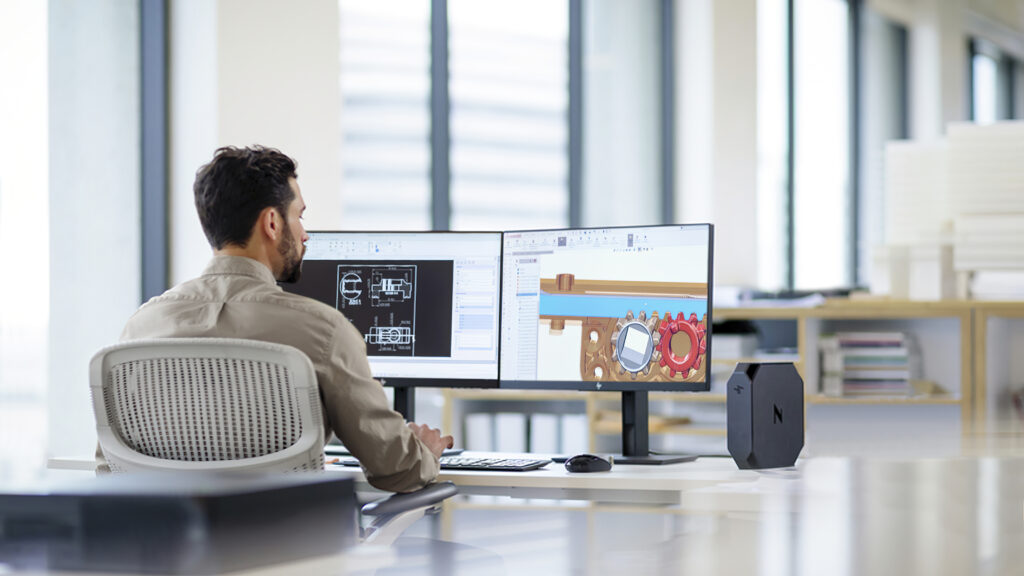
Industrial design begins with the identification of a need or the resolution of a problem. This phase includes:
- Research and analysis: market needs, user preferences and current trends are studied.
- Idea generation: innovative concepts are generated that balance functionality, aesthetics and technical feasibility. Proposals are not only created, but also validated through testing and analysis.
- Initial design and prototyping: preliminary models are created to evaluate the product’s form, function and interaction. The use of techniques such as rapid prototyping allows adjustments to be made quickly, optimising costs and time.
Mass production
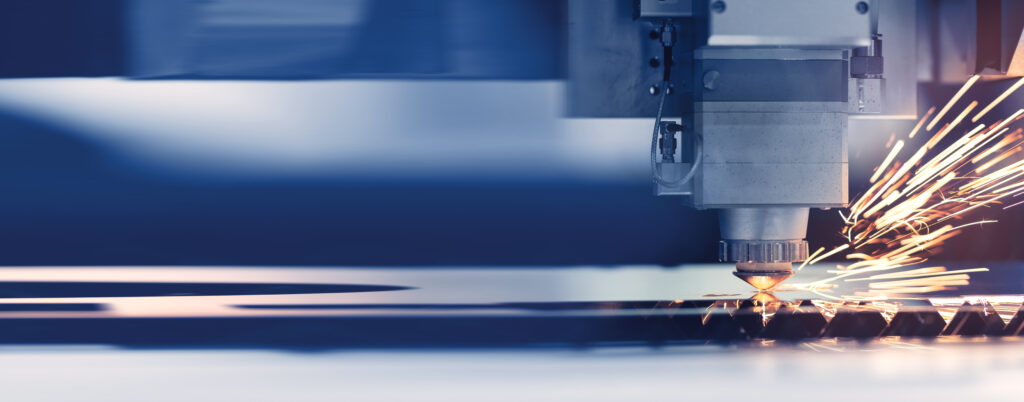
Industrial design focuses not only on the appearance of the product, but also on its large-scale manufacture. To this end, it is essential:
- Design for manufacture: adapting the design to industrial processes, such as moulding, stamping or plastic injection moulding.
- Selecting appropriate materials: Considering attributes such as durability, sustainability and production costs.
- Standardise components: To facilitate mass production, reduce assembly times and optimise resources.
Product distribution

Good industrial design also considers how the product will reach the consumer efficiently and safely:
- Packaging design: ensuring that the packaging protects the product and is functional. Attractive and sustainable.
- Logistics optimisation: adjusting the size and weight of the product to reduce storage and transport costs.
- User experience: incorporating clear instructions and a presentation that reinforces the perception of quality and customer satisfaction.
Contact us
We’ll be happy to provide help for your projects and resolve any doubts as soon as possible
